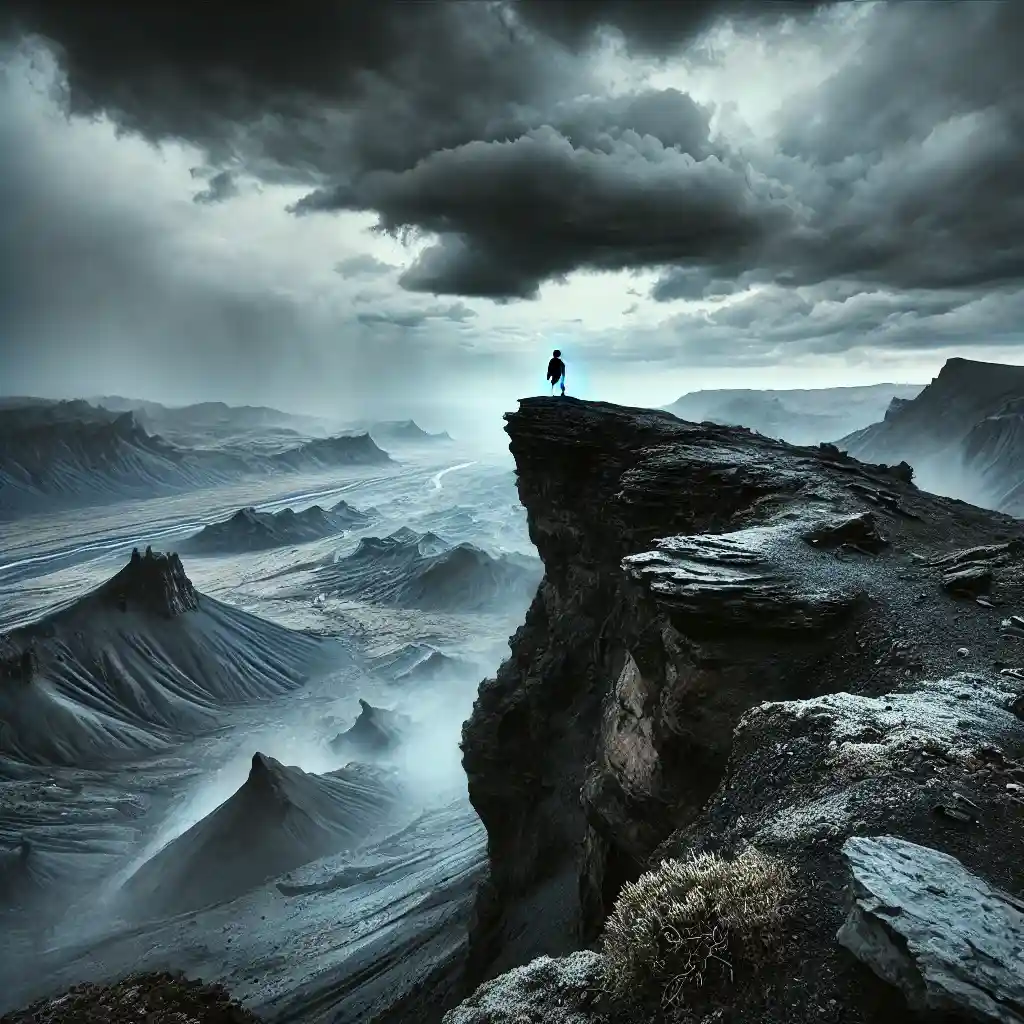Exploring the most historic tourist site in the world offers travelers an unparalleled opportunity to step back in time. From ancient ruins to architectural marvels, these iconic landmarks represent the height of human achievement and culture. This article highlights some of the world’s most historic sites, showcasing their unique attributes and why they remain must-visit destinations for travelers and history enthusiasts alike.

1. The Pyramids of Giza, Egypt: Wonders of the Ancient World
The Pyramids of Giza, among the most historic tourist sites in the world, captivate travelers with their scale, architectural brilliance, and mysteries surrounding their construction.
Location: Giza Plateau, near Cairo, Egypt
Highlights:
The Great Pyramid of Khufu, a UNESCO World Heritage site
The iconic Sphinx statue
Historical tours revealing ancient Egyptian culture
Why Visit: These structures stand as some of humanity’s earliest architectural achievements, dating back nearly 4,500 years.
Key facts about the Pyramids of Giza:
The Great Pyramid of Giza: The largest of the three pyramids, it was built as a tomb for the Pharaoh Khufu. It was the tallest man-made structure in the world for over 3,800 years.
The Pyramid of Khafre: The second-largest pyramid, built for Pharaoh Khafre, the son of Khufu.
The Pyramid of Menkaure: The smallest of the three main pyramids, built for Pharaoh Menkaure.
The Great Sphinx of Giza: A colossal statue with the body of a lion and the head of a human, believed to be a portrait of Pharaoh Khafre.

2. The Colosseum, Italy: Echoes of the Roman Empire
The Colosseum, a symbol of ancient Rome, attracts millions every year who want to experience the grandeur of the Roman Empire.
Location: Rome, Italy
Highlights:
Guided tours with insights into gladiatorial contests
Views of ancient Rome from the upper levels
Proximity to the Roman Forum and Palatine Hill
Why Visit: As one of the most historic sites in the world, the Colosseum offers an engaging look into the life and culture of ancient Rome.
Key points about the history of the Colosseum:
Construction: Construction of the Colosseum began in 70 AD under Emperor Vespasian and was completed in 80 AD under his son, Titus.
Purpose: The Colosseum was primarily used for gladiatorial contests, public spectacles, and animal hunts. It could accommodate a massive crowd of around 50,000 spectators.
Architectural Features: The Colosseum is an elliptical amphitheater with four levels of seating. It features a complex system of arches, vaults, and columns that support the structure.
Decline and Restoration: After the fall of the Roman Empire, the Colosseum fell into disrepair and was used as a quarry for building materials. In recent centuries, significant restoration efforts have been undertaken to preserve this historical monument.
Modern Significance: Today, the Colosseum is one of Rome’s most popular tourist attractions and a symbol of the Roman Empire’s power and grandeur. It continues to captivate visitors from around the world with its impressive architecture and historical significance.

3. Machu Picchu, Peru: Inca Legacy in the Andes
Hidden in the Andes mountains, Machu Picchu is a testament to the advanced engineering of the Inca Empire. Recognized as one of the most historic tourist sites in the world, it provides visitors a glimpse into pre-Columbian life.
Location: Andes Mountains, near Cusco, Peru
Highlights:
Guided tours of ancient stone structures
The scenic Inca Trail leading to Machu Picchu
Panoramic views of the Urubamba River valley
Why Visit: This UNESCO World Heritage site offers a unique blend of history, architecture, and natural beauty.
Key points about the history of Machu Picchu:
Inca Empire: Machu Picchu was built by the Inca Empire during the 15th century. It served as an important religious and administrative center for the Inca rulers.
Strategic Location: The city’s strategic location, high in the Andes Mountains, offered protection from potential invaders. Its remote location also contributed to its preservation.
Abandonment: The exact reasons for the abandonment of Machu Picchu remain a mystery. Some theories suggest that it was abandoned due to disease, civil war, or Spanish conquest.
Rediscovery: Machu Picchu was rediscovered by American explorer Hiram Bingham in 1911. Bingham’s discovery brought the lost city to the world’s attention and sparked international interest.
UNESCO World Heritage Site: In 1983, Machu Picchu was designated a UNESCO World Heritage Site, recognizing its outstanding universal value.

4. Stonehenge, United Kingdom: A Prehistoric Mystery
Stonehenge’s mysterious origins and impressive stone formations make it one of the most historic tourist sites globally, attracting visitors eager to unlock its secrets.
Location: Wiltshire, England
Highlights:
The massive stone circle is estimated to be over 5,000 years old
The visitor center exhibits the ancient Neolithic culture
Annual solstice gatherings and cultural festivals
Why Visit: Stonehenge is a unique prehistoric monument with mysteries that captivate scientists and tourists alike.
The History of Stonehenge
Neolithic Era: The construction of Stonehenge began around 5,000 years ago during the Neolithic period. The initial phase involved the creation of a circular earthwork and timber structure.
Bronze Age: In the Bronze Age, around 4,500 years ago, the iconic standing stones were erected. These massive stones, some weighing over 25 tons, were transported from distant quarries and carefully placed.
Purpose and Significance: The exact purpose of Stonehenge remains a subject of debate. Theories range from astronomical observatories to burial grounds or places of spiritual significance. Some scholars believe it was used for a combination of these purposes.
Later Modifications: Over time, Stonehenge underwent several modifications. Additional stones were added, and the site was further developed. The final phase of construction is estimated to have been completed around 2,500 years ago.
Modern Times: Stonehenge has been a popular tourist destination for centuries. In recent years, efforts have been made to preserve the site and to understand its complex history.

5. The Great Wall of China: Ancient Defense of an Empire
The Great Wall of China represents a monumental achievement in ancient military architecture, stretching across the vast landscape of northern China.
Location: Northern China, stretching over 13,000 miles
Highlights:
Sections like Badaling and Mutianyu for accessible hiking
Historic watchtowers and breathtaking views
Insights into ancient Chinese history and defense
Why Visit: Recognized as one of the most historic tourist sites in the world, the Great Wall offers an immersive experience of China’s imperial past.
Key points about the history of the Great Wall of China:
Early Construction: The initial construction of the wall began during the Qin Dynasty (221-206 BC) to unite and defend the empire.
Expansion and Development: Over centuries, different dynasties, including the Han, Ming, and Qing, expanded and fortified the wall.
Strategic Purpose: The wall served as a defensive barrier against invasions from nomadic tribes. Its strategic location and imposing structure made it a formidable defense.
Symbol of Unity: The Great Wall also represents the unity of the Chinese people and their shared history. It symbolizes the strength and resilience of the Chinese nation.
A UNESCO World Heritage Site: Recognized for its cultural and historical significance, the Great Wall was designated a UNESCO World Heritage Site in 1987.

6. Petra, Jordan: The Rose City Carved in Stone
Known for its rose-colored sandstone architecture, Petra was once the thriving capital of the Nabataean Empire and is one of the most historic tourist sites in the world.
Location: Ma’an Governorate, Jordan
Highlights:
The iconic Treasury (Al-Khazneh) façade
Walking through the Siq, a narrow gorge leading to Petra
Archaeological sites showcasing Nabataean culture
Why Visit: Petra’s intricate rock-cut architecture and historical significance make it a must-visit for history lovers.
Key points about the history of Petra:
Nabatean Kingdom: Petra was the capital of the Nabatean Kingdom, a civilization that flourished between the 4th century BC and the 1st century AD.
Trade Route: The Nabateans were skilled traders and engineers. They strategically located Petra on a vital trade route, controlling the flow of goods between Arabia, Egypt, and Syria.
Water Management: The Nabateans were innovative in their water management systems. They developed a complex network of dams, cisterns, and aqueducts to ensure a reliable water supply.
Architectural Marvels: The most famous monument in Petra is the Al-Khazneh (The Treasury), a magnificent temple carved into the sandstone cliffs. Other notable structures include the Monastery, the High Place of Sacrifice, and the Roman Theater.
Decline and Rediscovery: After the Roman Empire conquered the Nabatean Kingdom, Petra gradually declined. It was rediscovered by Swiss explorer Johann Ludwig Burckhardt in 1812.

7. Angkor Wat, Cambodia: A Monument of Khmer Civilization
As the largest religious monument in the world, Angkor Wat showcases the spiritual and architectural achievements of the Khmer Empire.
Location: Siem Reap, Cambodia
Highlights:
The central Angkor Wat temple complex
Nearby temples like Bayon and Ta Prohm
Sunrise views over the temples
Why Visit: Angkor Wat’s historical and spiritual significance places it among the most historic tourist sites globally.
Key points about Angkor Wat’s history:
Khmer Empire: Angkor Wat was built during the Khmer Empire’s golden age, between the 12th and 13th centuries.
Hindu Temple: Originally, it was a Hindu temple dedicated to the god Vishnu.
Architectural Marvel: The temple complex is renowned for its intricate carvings, bas-reliefs, and stunning architecture.
Symbolism: The temple’s design reflects Hindu cosmology, with its five towers symbolizing the five peaks of Mount Meru, the mythical home of the gods.
Buddhist Influence: After the decline of the Khmer Empire, the temple was converted into a Buddhist place of worship.
UNESCO World Heritage Site: Angkor Wat was designated a UNESCO World Heritage Site in 1992, recognizing its outstanding universal value.

8. The Acropolis, Greece: The Birthplace of Democracy
The Acropolis, crowned by the Parthenon, offers visitors an incredible glimpse into ancient Greek civilization and philosophy.
Location: Athens, Greece
Highlights:
Parthenon temple dedicated to Athena
Panoramic views of Athens from the hill
Nearby attractions like the Temple of Olympian Zeus
Why Visit: As one of the most historic tourist sites in the world, the Acropolis is a central symbol of Western civilization and democratic ideals.
Key historical periods of the Acropolis:
Mycenaean Era: The earliest known structures on the Acropolis date back to the Mycenaean era, around 1500-1200 BCE.
Classical Period: The Golden Age of Athens, the 5th century BCE, saw the construction of many of the Acropolis’ most famous buildings, including the Parthenon, the Erechtheion, and the Temple of Athena Nike.
Roman Period: After the Roman conquest of Greece, the Acropolis continued to be used and maintained, though some structures were damaged or neglected.
Byzantine and Ottoman Periods: During these periods, the Acropolis saw a further decline, with some structures being converted into churches or fortifications.
Modern Era: In the 19th century, efforts began to restore and preserve the Acropolis. Extensive archaeological excavations and restoration work have brought the ancient site back to life.
This outline, along with the introduction, serves as a solid foundation for the full 2500-word article. Let me know if you’d like more detailed expansions for each section!







